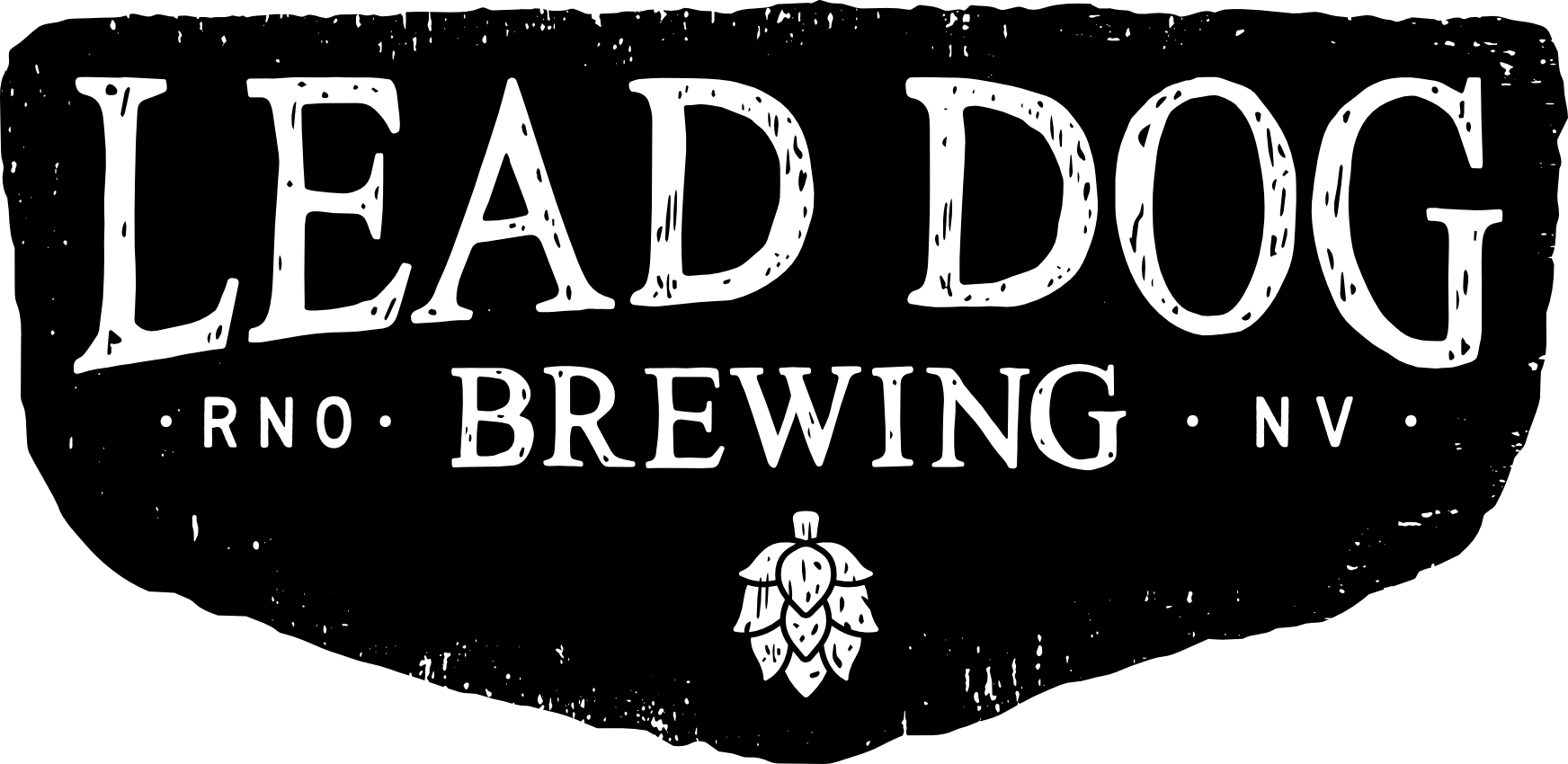Beer, renowned as one of the oldest and most cherished beverages globally, boasts a profound history and an extensive array of styles and flavors. Intriguingly, best online casinos frequently elevate their user experience by incorporating beer-themed elements, crafting an ambiance that mirrors the spirited and sociable setting of a classic pub. This blend of the thrill of gaming with the relaxed, convivial essence of beer consumption resonates with players desiring an all-encompassing entertainment journey. This guide delves into answering the most pertinent queries about beer, tracing its roots and exploring contemporary brewing trends.
What is the historical significance of beer?
Answer: Beer’s history is deeply intertwined with human civilization. Its origins can be traced back to at least 5,000 BC in what is now Iran. It played a significant role in ancient societies like Egypt and Mesopotamia, where it was not just a beverage but a dietary staple and even a form of currency. The brewing process has evolved over centuries, reflecting the cultural and technological advancements of societies that have embraced it.
How is beer made?
Answer: Beer is made through a process called brewing, which involves fermenting starches, primarily derived from cereal grains like barley, wheat, corn, and rice. The basic steps include malting, mashing, boiling with hops, fermenting, conditioning, and filtering. Yeast is added to ferment the sugars, producing alcohol and carbon dioxide, which gives beer its alcohol content and carbonation.
What are the different types of beer?
Answer: The two primary categories of beer are ales and lagers, differentiated mainly by the type of yeast used and the fermentation temperature. Ales are fermented at warmer temperatures and have a more robust and fruity flavor profile. Lagers are fermented at cooler temperatures, resulting in a cleaner, crisper taste. Within these categories, there are numerous styles, including IPA (India Pale Ale), stout, porter, pilsner, and wheat beer, each with distinct characteristics.
What is craft beer, and how is it different from commercial beer?
Answer: Craft beer is produced by small-scale, independent breweries that prioritize quality, flavor, and traditional brewing methods. Unlike large commercial breweries that often focus on mass production and consistency, craft breweries experiment with ingredients, brewing techniques, and styles, offering a more diverse and often more flavorful beer experience.
Can beer have health benefits?
Answer: In moderation, beer can offer health benefits. It contains antioxidants, vitamins, and minerals. Moderate beer consumption has been linked to a reduced risk of heart disease, due to the presence of natural antioxidants called phenols. However, it’s important to consume beer responsibly, as excessive drinking can have detrimental health effects.
How has the global beer landscape changed in recent years?
Answer: The global beer landscape has witnessed a resurgence of craft breweries, with a growing emphasis on local ingredients and sustainable brewing practices. Additionally, there’s been an increasing demand for gluten-free, non-alcoholic, and low-calorie beers, catering to a wider range of consumers.
What is the future of beer?
Answer: The future of beer is likely to see further innovation in brewing technology, ingredients, and sustainability practices. Trends like virtual beer tastings and AI-influenced brewing processes are emerging, offering new experiences for beer enthusiasts.
How do you pair beer with food?
Answer: Pairing beer with food is an art that enhances the dining experience. The key is to either complement or contrast the flavors. For instance, a light pilsner complements the delicate flavors of seafood, while a robust stout contrasts well with the richness of chocolate desserts.
What is the best way to store and serve beer?
Answer: Proper storage and serving can greatly impact a beer’s quality. Beer should be stored upright in a cool, dark place to prevent oxidation and light damage. The serving temperature varies by style – lagers are best served cold, while ales are better at slightly warmer temperatures.
Conclusion
Beer is more than just a beverage; it’s a dynamic and evolving part of human culture. As we continue to explore new flavors, brewing techniques, and sustainable practices, the world of beer keeps offering exciting possibilities for both brewers and consumers alike. Whether you’re a beer aficionado or a casual drinker, there’s always something new to learn and taste in the vast, varied world of beer.

